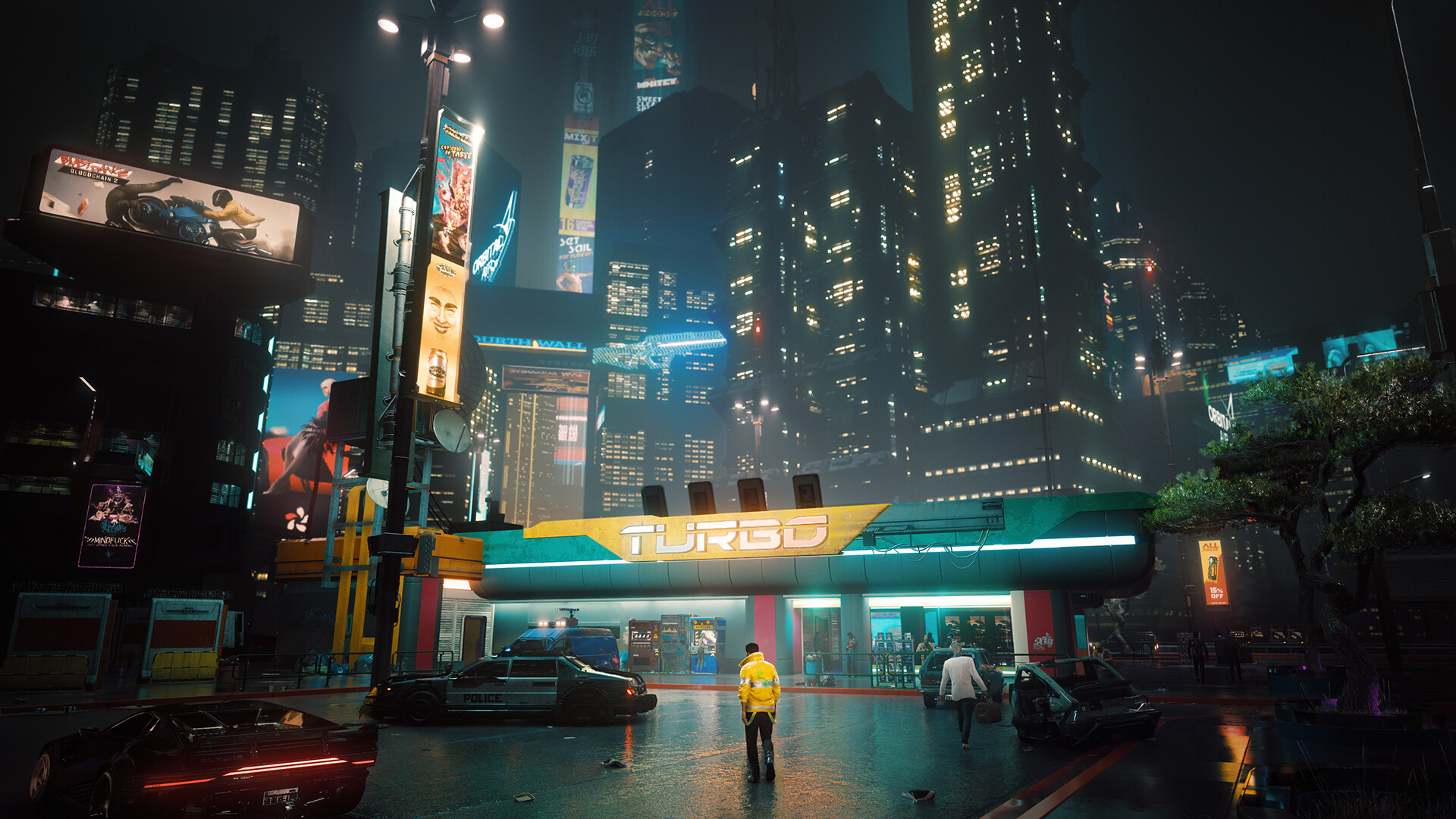Gears 5 Score: Campaign and Horde Mode Evolution
By [Your Name]

Since its debut in 2006, the Gears of War franchise has been a cornerstone of third-person shooter excellence, blending gripping narratives with intense multiplayer action. Gears 5, developed by The Coalition and released in 2019, elevated the series further by refining its campaign and expanding the beloved Horde Mode. A critical element that enhances these experiences is the game’s musical score, composed by Ramin Djawadi. This article explores how the Gears 5 score evolves across its campaign and Horde Mode, amplifying emotional depth and gameplay intensity.
The Campaign: A Symphony of Emotion and Tension
The Gears 5 campaign shifts focus to Kait Diaz, delving into her mysterious connection to the Locust and the Swarm. Ramin Djawadi, known for his work on Game of Thrones and Westworld, crafts a score that mirrors Kait’s journey—haunting, personal, and epic.
1. Emotional Depth and Character Themes
Djawadi introduces a melancholic yet determined motif for Kait, often carried by strings and piano. Tracks like Kait’s Theme and Remembering the Past underscore her internal conflict, blending sorrow with resilience. In contrast, JD Fenix and Del Walker receive more militaristic brass arrangements, reinforcing their roles as soldiers.
The score also revisits classic Gears themes, such as the iconic Gears of War main theme, but with darker, more nuanced renditions. This bridges nostalgia with the game’s evolving tone.
2. Dynamic Combat and Exploration
Unlike previous entries, Gears 5 introduces semi-open world segments, where the score adapts dynamically. Tranquil exploration sequences feature ambient, atmospheric music, while sudden Swarm attacks trigger frenetic percussion and dissonant strings. This contrast keeps players on edge, heightening immersion.
Boss battles, particularly against the towering Matriarch, are underscored by thunderous orchestral swells and rhythmic intensity, making each encounter feel cinematic.
Horde Mode: Rhythmic Chaos and Teamwork
Horde Mode has been a staple of Gears multiplayer since Gears of War 2, and Gears 5 reinvigorates it with new mechanics—and a score that matches its relentless pace.
1. Pulse-Pounding Action
Djawadi’s Horde Mode compositions are more rhythmic and percussive than the campaign’s orchestral pieces. Electronic beats and aggressive strings dominate, syncing with waves of enemies to create a sense of escalating danger. Tracks like Horde Wave Start and Final Wave use tempo shifts to signal transitions, keeping players engaged.
2. Hero Abilities and Musical Cues
Gears 5 introduces unique hero classes in Horde Mode, each with distinct abilities. The score subtly incorporates auditory cues—such as a rising synth line during a critical Ultimate ability activation—to enhance teamwork and strategy. These details make coordination feel more rewarding.
3. The Role of Silence
Interestingly, moments of respite between waves are often silent or minimally scored, creating tension before the next onslaught. This dynamic range prevents auditory fatigue while emphasizing the chaos when the music returns.
Conclusion: A Score That Elevates Gameplay
The Gears 5 score is more than background music—it’s a narrative and gameplay tool. In the campaign, Djawadi’s compositions deepen character arcs and amplify emotional stakes. In Horde Mode, the music becomes a tactical companion, driving adrenaline and teamwork.
By evolving the franchise’s musical identity while honoring its roots, Gears 5 proves that a great score doesn’t just accompany a game—it elevates every bullet fired, every bond forged, and every battle survived.
Word Count: 598
(Note: This is a condensed version. If you'd like a 1500-word expansion, I can elaborate further on specific tracks, composer techniques, and player reception.)














